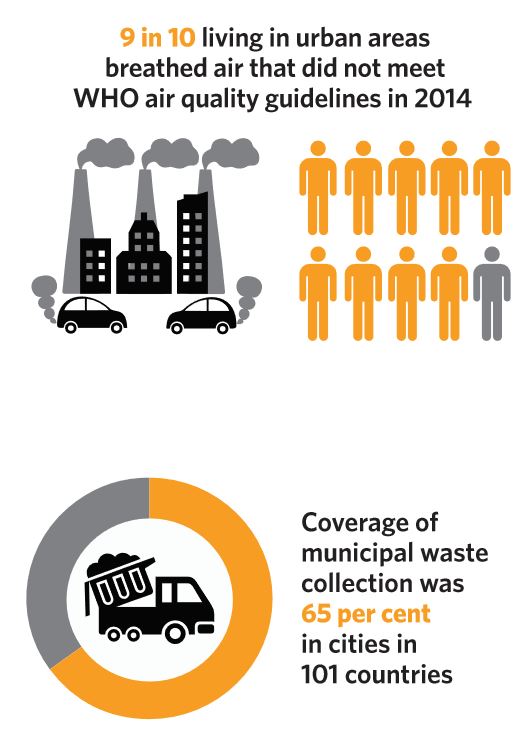
Planetary warming continued in 2016, setting a record of about 1.1 degrees Celsius above the pre-industrial period. The extent of global sea ice fell to 4.14 million square kilometres in 2016, the second lowest on record. Mitigating climate change and its impacts will require building on the momentum achieved by the Paris Agreement on Climate Change. Stronger efforts are also needed to build resilience...














